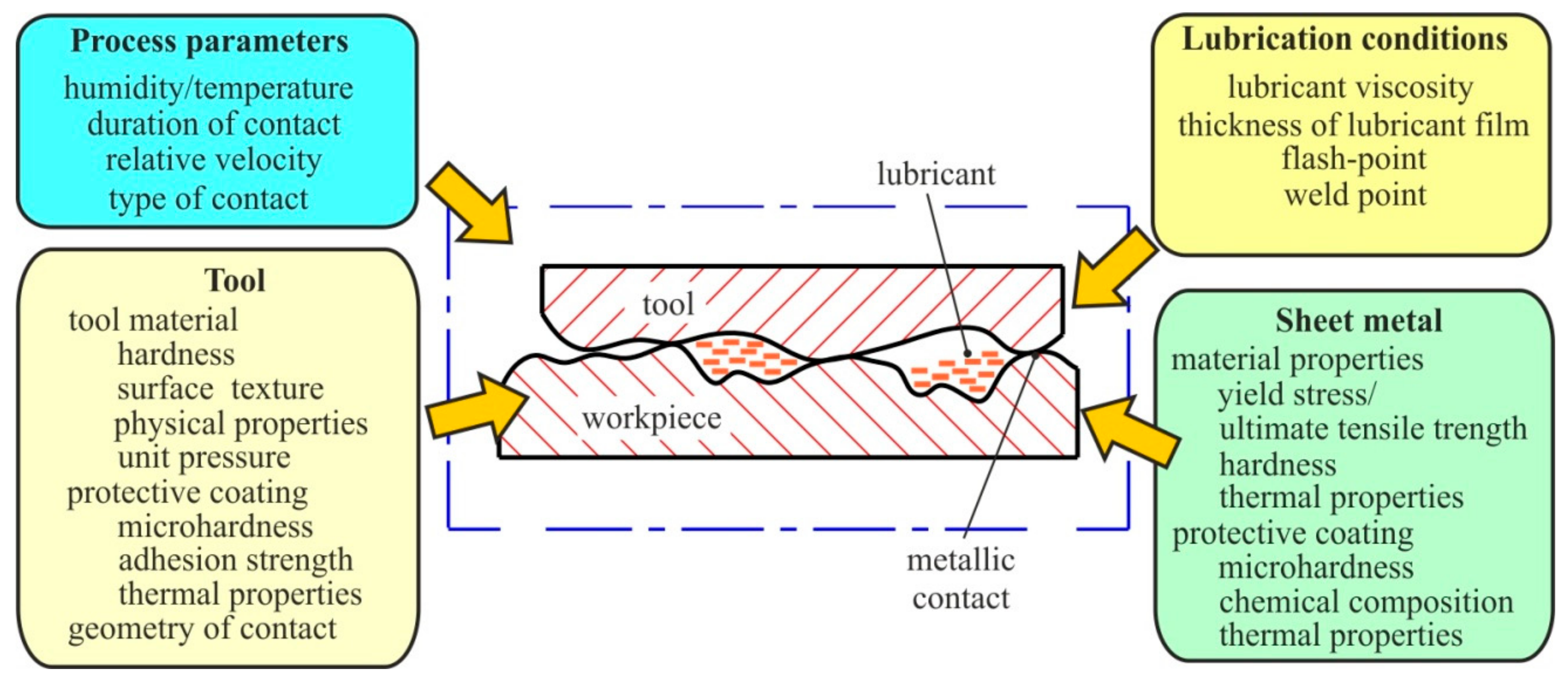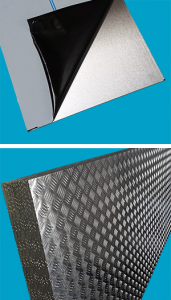Sheet metal forming processes this is a commonly used manufacturing process that helps in manufacturing the parts for tons of known and unknown purposes.
Aluminium sheet forming process.
Another common sheet metal forming process is bending.
The sheet metal is placed over a die block at which point a punch presses down onto the sheet metal.
The die at the top is called a punch.
These products are relatively shallow.
This is a very useful process.
It is frequently used for fences grates and laths to bolster plaster.
Bending may be defined as the straining of the metal around a straight axis.
It is used to produce a uniform wall thickness part with a high height to diameter ratio.
Expanding sheet metal is a forming process that results in a defined mesh like pattern often diamond shaped allowing air or water to circulate.
Bending doesn t actually create holes in sheet metal.
It uniformly thins the workpiece in a specific area.
The sheet metal is bent so plastic deformation is reached.
Most automobile hoods are made with stretch forming dies.
Bending is a major sheet forming process commonly used in fabrication of sheet metal parts.
The workpiece is reshaped without adding or removing material and its mass remains unchanged.
Ironing is a sheet metal working or sheet metal forming process.
Stretch dies force the metal to thin out and strain during tension.
A sheet metal disc is rotated at high speeds while rollers press the sheet against a tool called a mandrel to form the shape of the desired part.
Air bending with a v die.
Companies typically perform bending on sheet metal using either a brake press or similar machine press.
That prevents the metal from regaining its former shape.
It is used in making aluminium beverage cans.
To hydroform aluminium into a vehicle s frame rail a hollow tube of aluminium is placed inside a negative mold that has the shape of the desired result.
Bending is a forming process in which sheet metal is bent into the desired shape by applying bending stress.
A neutral axis plane exists for the sheet metal around which the top section of the material may be stretched during bending while the bottom section is compressed figure 5.
Hydroforming is a specialized type of die forming that uses a high pressure hydraulic fluid to press room temperature working material into a die.
Stretch forming is the process of increasing the surface area of a part as the name implies by stretching the metal over the forming punch.





























